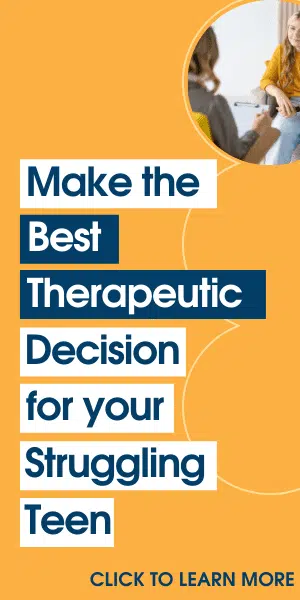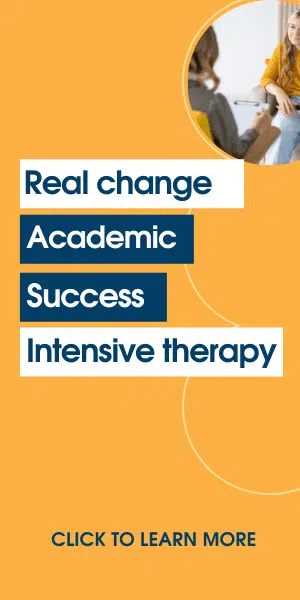Youth at Risk Definition – Is Your Child Really At Risk?
Technically, the term “at-risk youth” describes young people who are at risk of academic failure. However, the term these days have already been broadened to include a variety of issues that young people face. A simpler definition would be young people whose behaviors put them at risk of negative consequences such as death, injury, poor health, etc.
Generally, teens who are having trouble coping with the challenges that they face in life are more likely to become at risk than those who have a strong support system at home. This isn’t to say that only young people with unhappy home lives become at-risk youth. In fact, there are many young people who come from loving, supportive families who still become youth at-risk. Teens who aren’t coping well with different challenges of life is an issue that encompasses different cultural and socio-economic backgrounds.
The Importance of Parents’ Awareness
The rate of increase in youth delinquency, violence, dangerous sexual behavior, gang-related crimes, substance abuse, and other issues is becoming a grave concern for this country. According to CDC, homicide is the 2nd leading cause of death for young people between the ages of 10 and 24 years old in 2010. Of that number, 84% were killed with firearms.
Recent researches also show that 12.2% of all yearly deaths of young people between 15-24 years old are caused by suicide. About 17.2% of high school students smoke cigarettes, 3% use marijuana, 8% use hallucinogenic drugs, and about 20% abuse prescription and over-the-counter drugs.
Different people take different pathways to delinquency, and there are a variety of family circumstances that can either help correct or greatly contribute to the development of negative behavior in young people. Generally speaking, young people take three different developmental pathways to delinquency, and some of these can be noticed and addressed at home. Once parents understand youth at risk definition, they can also recognize the problem better and take more concrete steps to help their teens.
Three developmental pathways to delinquency:
Authority Conflict – When young people take this pathway, they usually start out as just showing stubbornness which progresses to defiant behavior towards parents or guardians. They begin to show avoidance towards authority figures, and spend less time at home, despite rules imposed by parents/guardians. Eventually, defiant young people take this a step further and involve authority figures from a larger circle.
Covert – When young people take this pathway, they usually don’t engage authority figures at home but rather make bad decisions covertly such as vandalism, shoplifting, lying, and similar offenses. Parents usually encounter this behavior at home when they catch their children lying about small things, and escalating to bigger things.
Overt – This pathway usually starts out with bullying and aggression which eventually escalates to extreme violent acts such as physical assault, rape, battery, etc. Parents can see this oftentimes start at home when their children begin to tease and pick on younger (or smaller) siblings.
How to help at-risk teens
There are many ways to start helping young people who are crying out to be helped, but there’s really no clear-cut solution that fits all families. One thing is for sure, family involvement is a vital part of helping struggling teens make a significant change in their lives.
As such, the first step is recognizing the problem. After that, taking a step back instead of making an emotional response is always a good decision. Dealing with at-risk teens is no easy task, it’s not unusual for parents to recognize that they also would need help in order for them to better handle the situation before it escalates. If parent seek counseling, they may be better equipped to help their children through a difficult time in their life.
Considering family therapy can also be very helpful because family therapy not just addresses the struggling teen but also his/her support system at home. Family therapy along with individual therapy can help, especially when about to consider any other applicable interventions such as sending teens to therapeutic boarding school.














